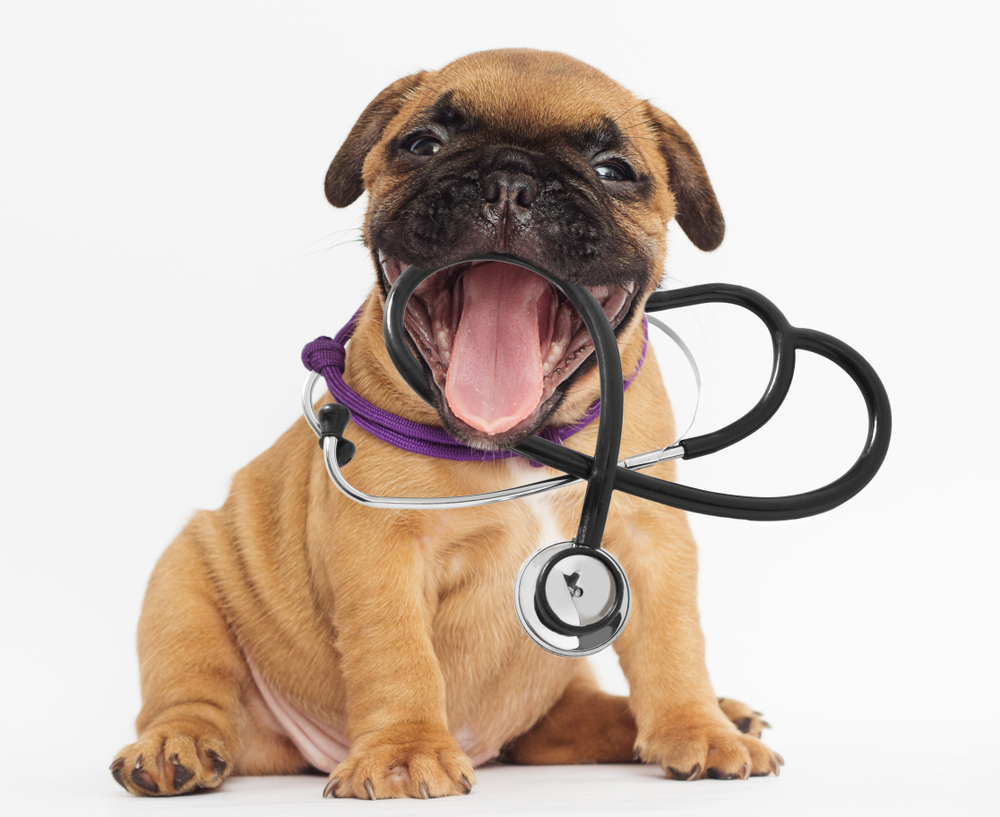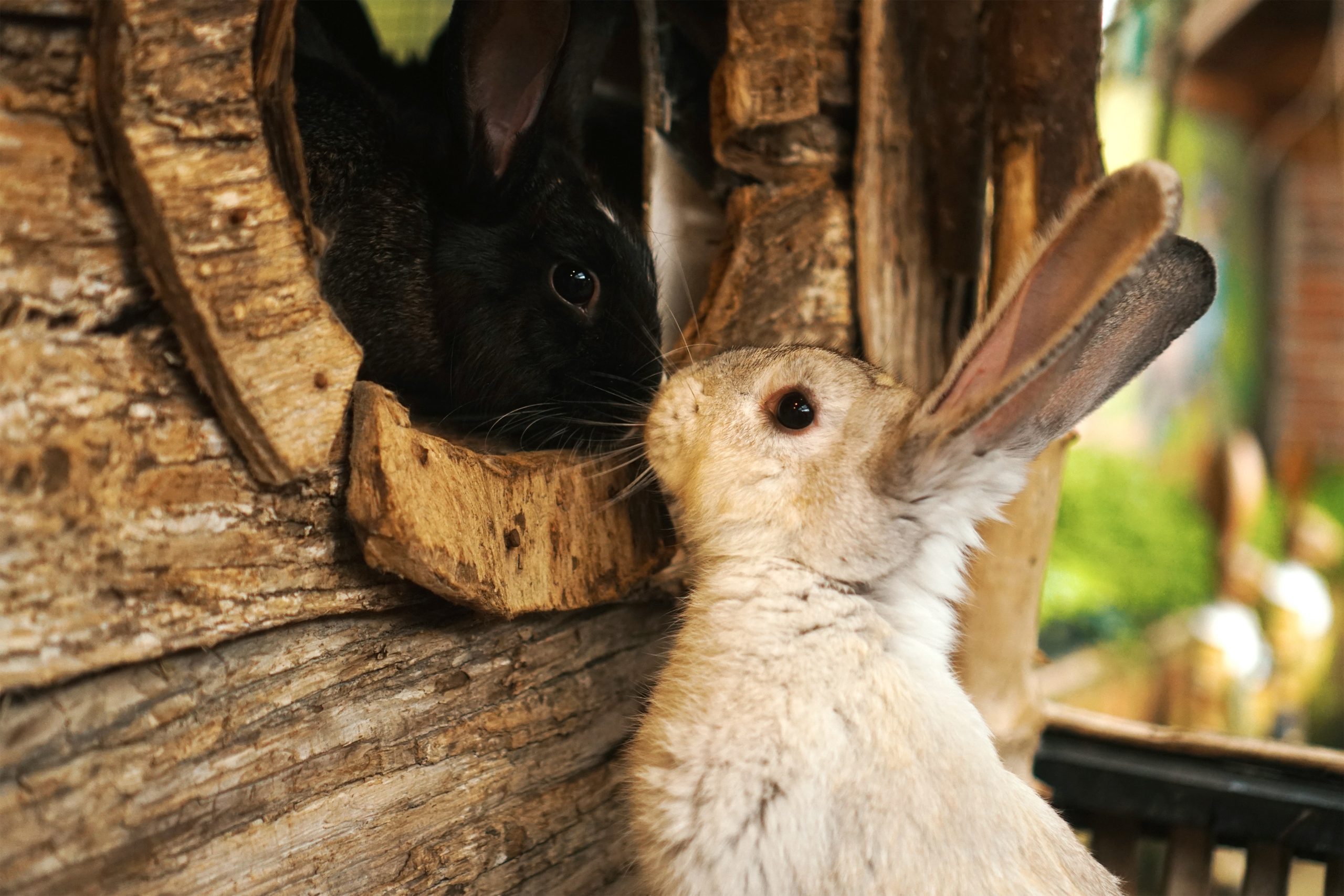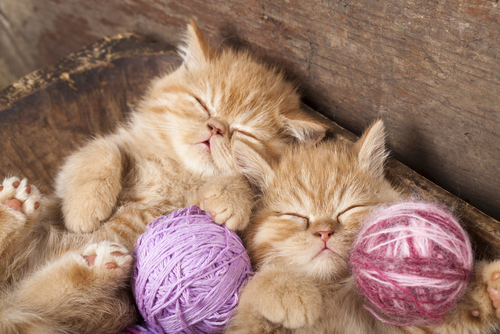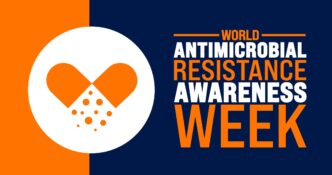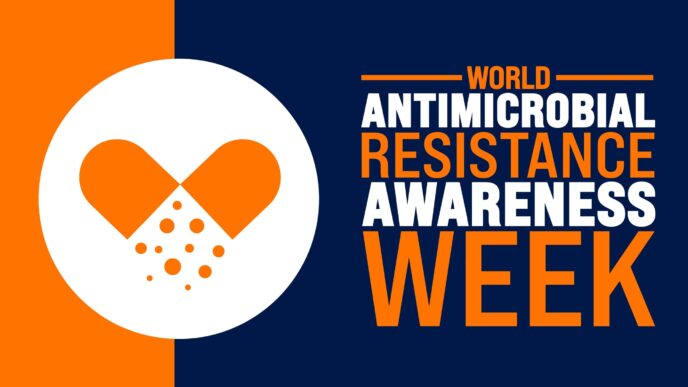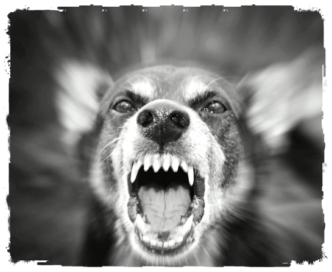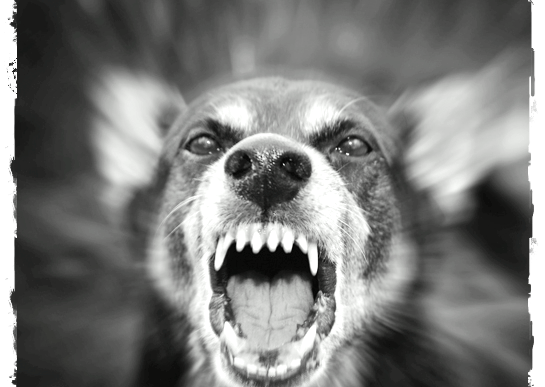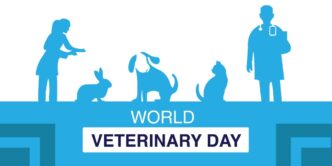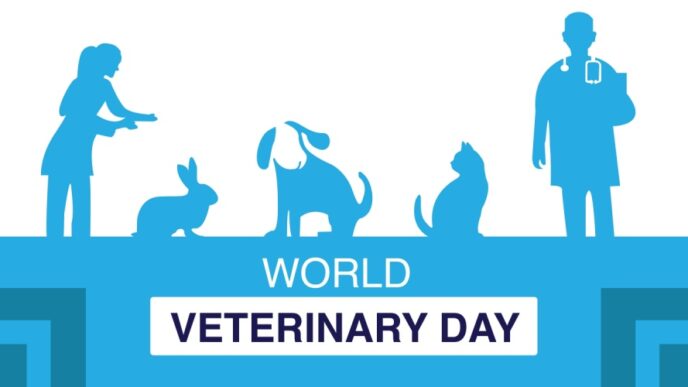Caring for animals isn’t just a moral obligation. It is a cornerstone of protecting our own health, our environment, and our future. Professor Dr Malaika Watanabe discusses the role of bioveterinary sciences in preserving animal health and welfare, for our sake as well as theirs.
WORDS LIM TECK CHOON
 FEATURED EXPERT FEATURED EXPERTPROFESSOR DR MALAIKA WATANABE Dean of the School of Veterinary Medicine IMU University |
Most people think of veterinarians — animal doctors — when it comes to animal health.
However, there is an emerging field of study, bioveterinary sciences, that is gaining a foothold in Malaysia.
VETERINARY SCIENCE VERSUS BIOVETERINARY SCIENCES
Veterinary science is the direct clinical care of animals, comparable to medicine. It involves diagnosing, treating, and preventing disease in pets, livestock, and wildlife.
Meanwhile, bioveterinary sciences is more about the biological and biomedical science underpinning animal health.
It is more research-heavy, covering aspects such as:
- Animal physiology and pathology
- Immunology and microbiology in animals
- Animal disease research and epidemiology
- Zoonotic diseases or diseases that can “jump” from animals to humans
- Animal nutrition, reproduction, and welfare science
Someone with a bioveterinary sciences degree does not necessary get to practice as a veterinarian. Their roles are more concentrated in research, public health, animal welfare organizations, pharmaceuticals, or lab-based biomedical work involving animals.
THE MANY ROLES OF BIOVETERINARY SCIENCES
“The health and welfare of humans and animals are intertwined in many ways. Pets offer us companionship, livestock help to provide sustenance, and biodiversity protects entire ecosystems,” says Professor Dr Watanabe.
“Quite simply, we need them, and we need to know how to care for them properly – even livestock that are destined for the slaughterhouse deserve to exist with as little suffering as possible. That’s where bioveterinary science comes in,” she explains further.
She adds that, at its core, bioveterinary science supports the ethical and responsible treatment of animals. This also serves to protect public health by maintaining levels of hygiene and other standards that reduce environmental contamination and help prevent zoonotic diseases that can infect humans.
A Relatively New Field of Study in Malaysia
As a relatively new field of study in Malaysia, bioveterinary sciences are offered in just a few local universities.
However, there are many career opportunities that await graduates in bioveterinary sciences.
- Graduates in bioveterinary science may choose to continue their education and pursue professional qualifications as veterinarians.
- They can also instead seek opportunities in various animal-related fields, from livestock care and veterinary assistants to research and farm management.
Rising Demand for Bioveterinary Sciences
Global meat production
- Much of the world continues to rely heavily on animals and animal-based products.
- Global meat production has more than tripled over the past 50 years.
- Livestock management that prioritizes animal health reduces the risk of disease and culling.
- Managing livestock efficiently and ethically is essential for food security, which is critical in many countries to make it as sustainable as possible.
- Keeping animals healthy also helps prevent unnecessary or indiscriminate use of antibiotics, which can have repercussions on humans.
Booming pet industry
- The pet industry was valued at over USD246 billion worldwide in 2023 and projected to surpass USD427 billion by 2032.
- This growth is also reflected locally, with over 50% of Malaysians owning pets and contributing to a 25% growth in 2022 in the pet care sector that encompasses pet care services, sales of pets and veterinary services.
| This article is part of our series on health issues affecting animals that are our pets as well as food sources. |


